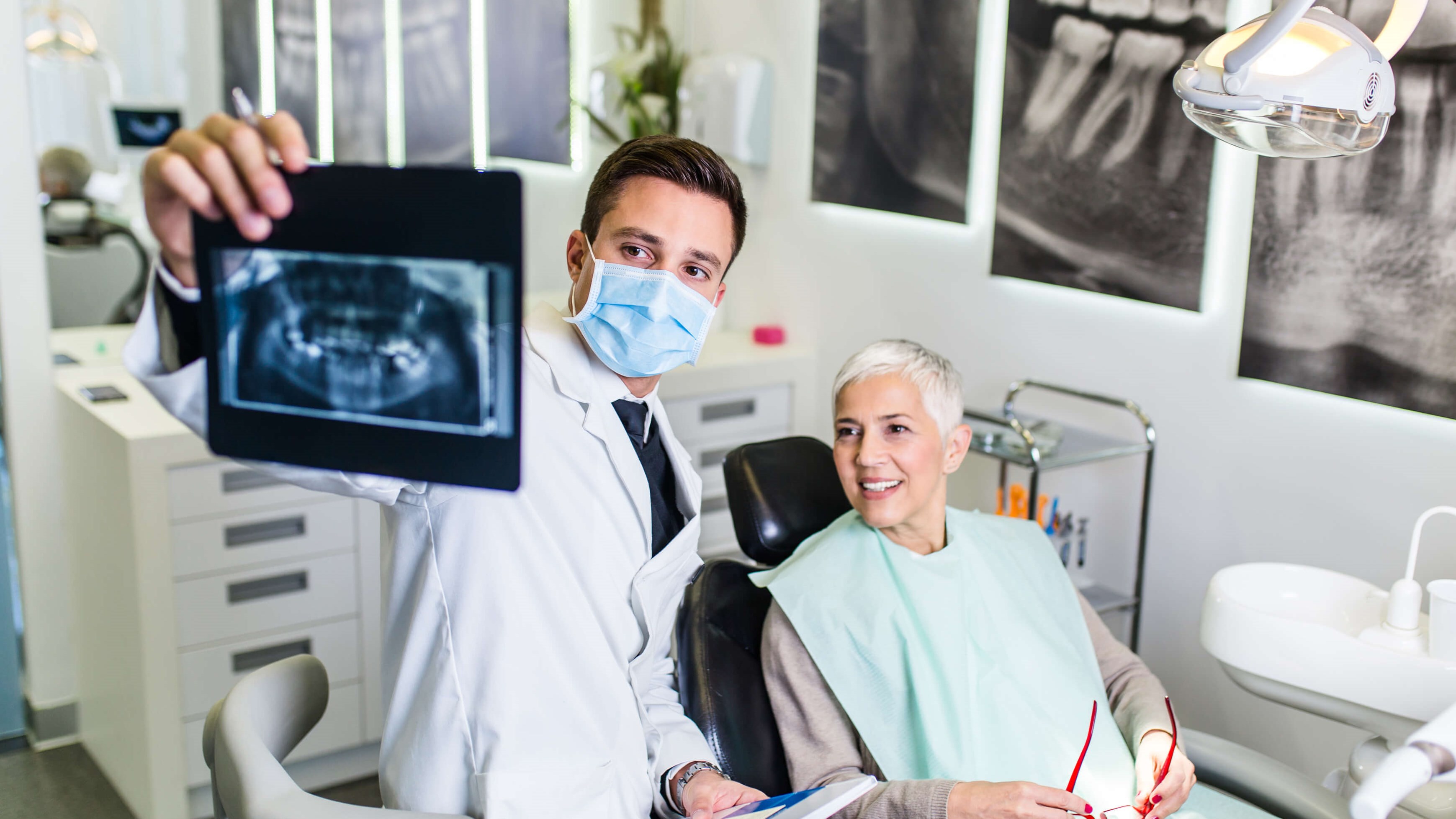Why Full Mouth X-rays (radiographs) are an Important Diagnostic Tool
&srotate=0)
Routine full mouth X-rays, also known as a full mouth series or panoramic X-rays, are an essential component of preventive dental care. They allow dentists to detect dental caries, periodontal disease, and other dental and oral pathologies that may not be revealed during a routine clinical examination. In this blog post, we will explore the importance of patients having routine full mouth X-rays on a regular basis to prevent dental caries, periodontal disease, and any pathology not revealed in a routine clinical exam.
Detecting Dental Caries
Dental caries, also known as cavities, can be difficult to detect during a routine clinical exam, especially if they are located in between teeth or on the back molars. However, dental caries can cause significant damage to the teeth and gums if left untreated, leading to pain, infection, and tooth loss. Routine full mouth X-rays allow dentists to detect early signs of dental caries, allowing for prompt treatment and preventing further damage to the teeth.
Preventing Periodontal Disease
Periodontal disease is a bacterial infection that affects the gums and bone supporting the teeth. It is a common but preventable condition that can lead to tooth loss if left untreated. Routine full mouth X-rays can help detect early signs of periodontal disease, such as bone loss around the teeth, allowing for prompt treatment and preventing further damage to the teeth and gums.
Identifying Pathology Not Revealed in Routine Clinical Exam
While a routine clinical exam is an essential component of preventive dental care, there are some dental and oral pathologies that may not be detected during a visual exam. Routine full mouth X-rays can reveal any underlying pathologies that may be present, such as impacted teeth, cysts, or tumors, allowing for prompt treatment and preventing further damage to the teeth and gums.
Frequency of Routine Full Mouth X-rays
The frequency of routine full mouth X-rays may vary depending on the patient's age, oral health status, and risk factors for dental and oral pathologies. For most patients, a full mouth series is recommended every three to five years, while those with a higher risk of dental and oral pathologies may require more frequent X-rays.
In conclusion, routine full mouth X-rays are an essential component of preventive dental care. They allow dentists to detect dental caries, periodontal disease, and other dental and oral pathologies that may not be revealed during a routine clinical exam, allowing for prompt treatment and preventing further damage to the teeth and gums. If you are due for a routine full mouth X-ray, talk to your dentist about scheduling an appointment.